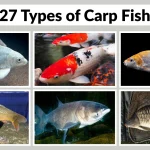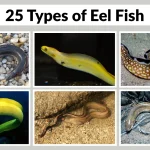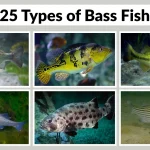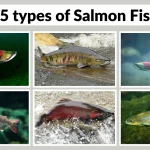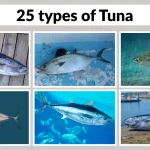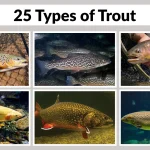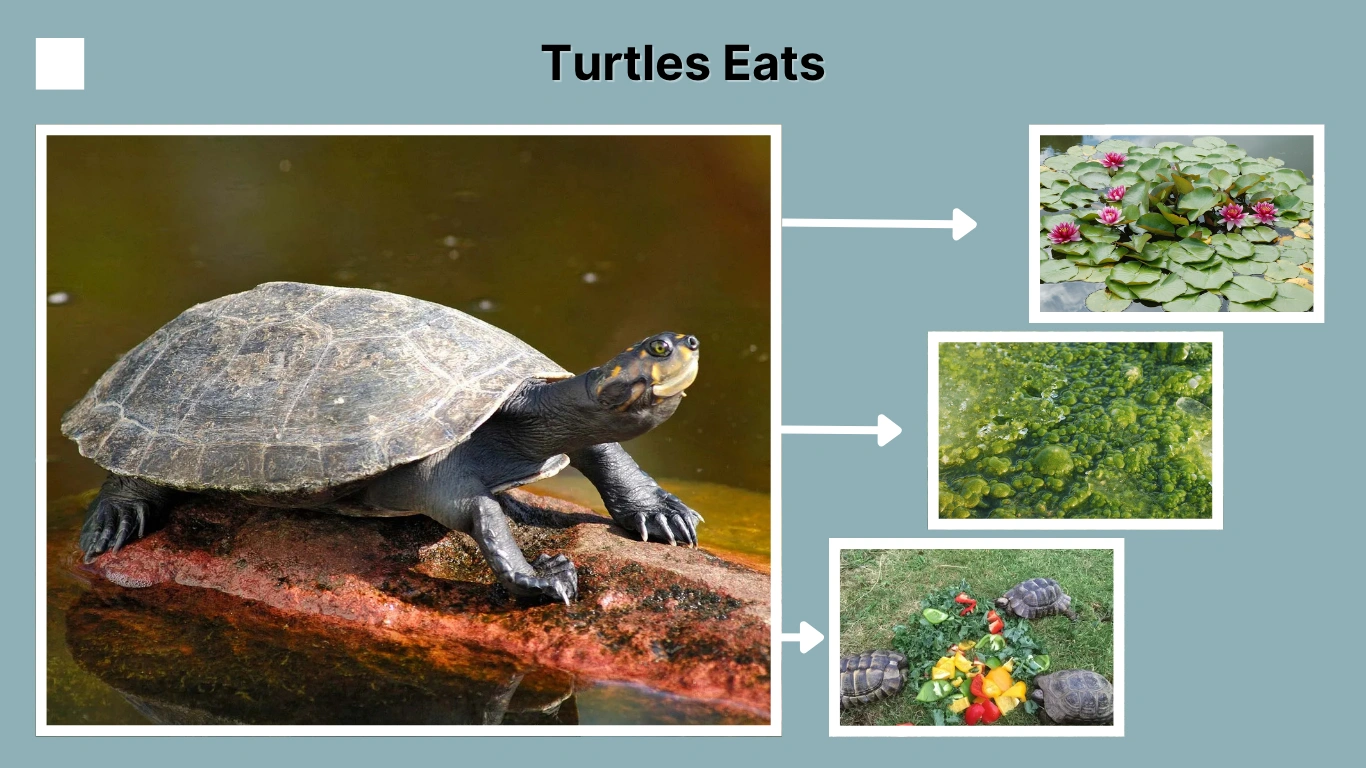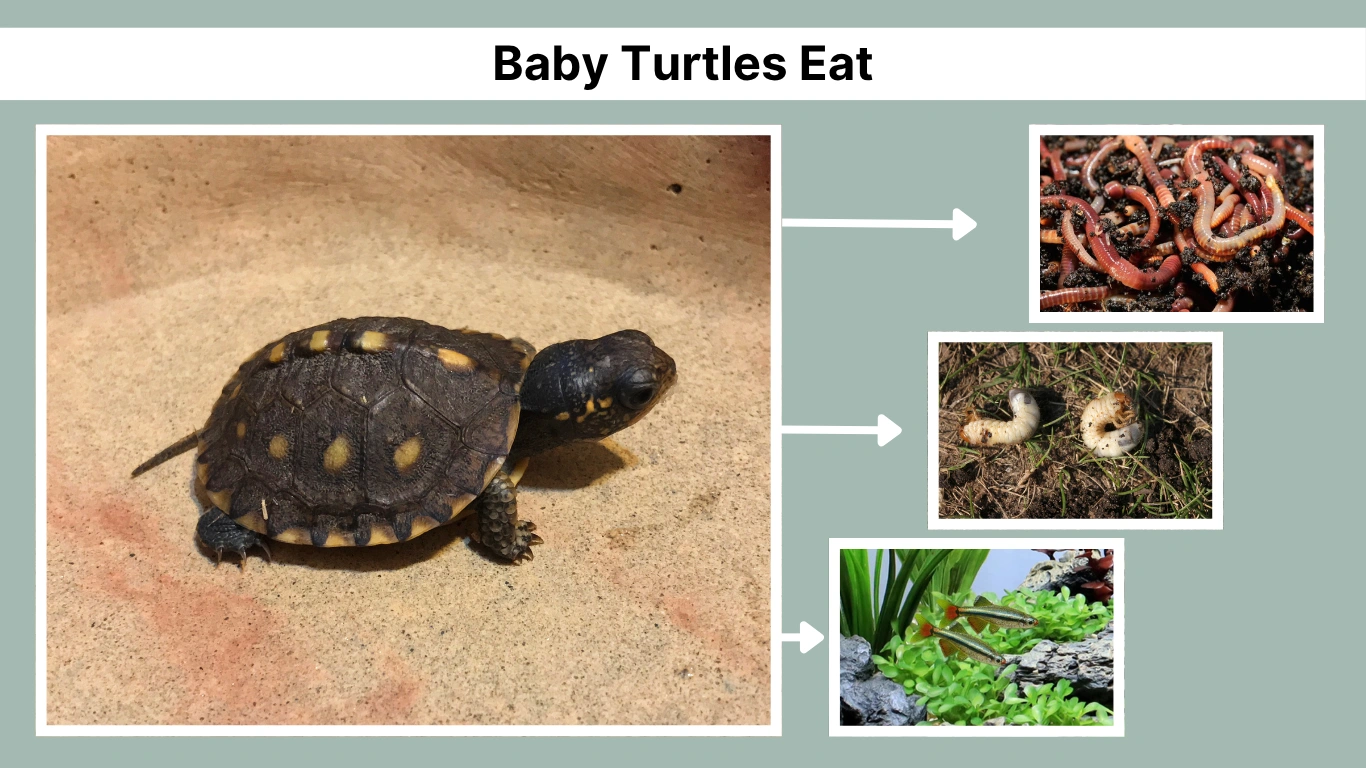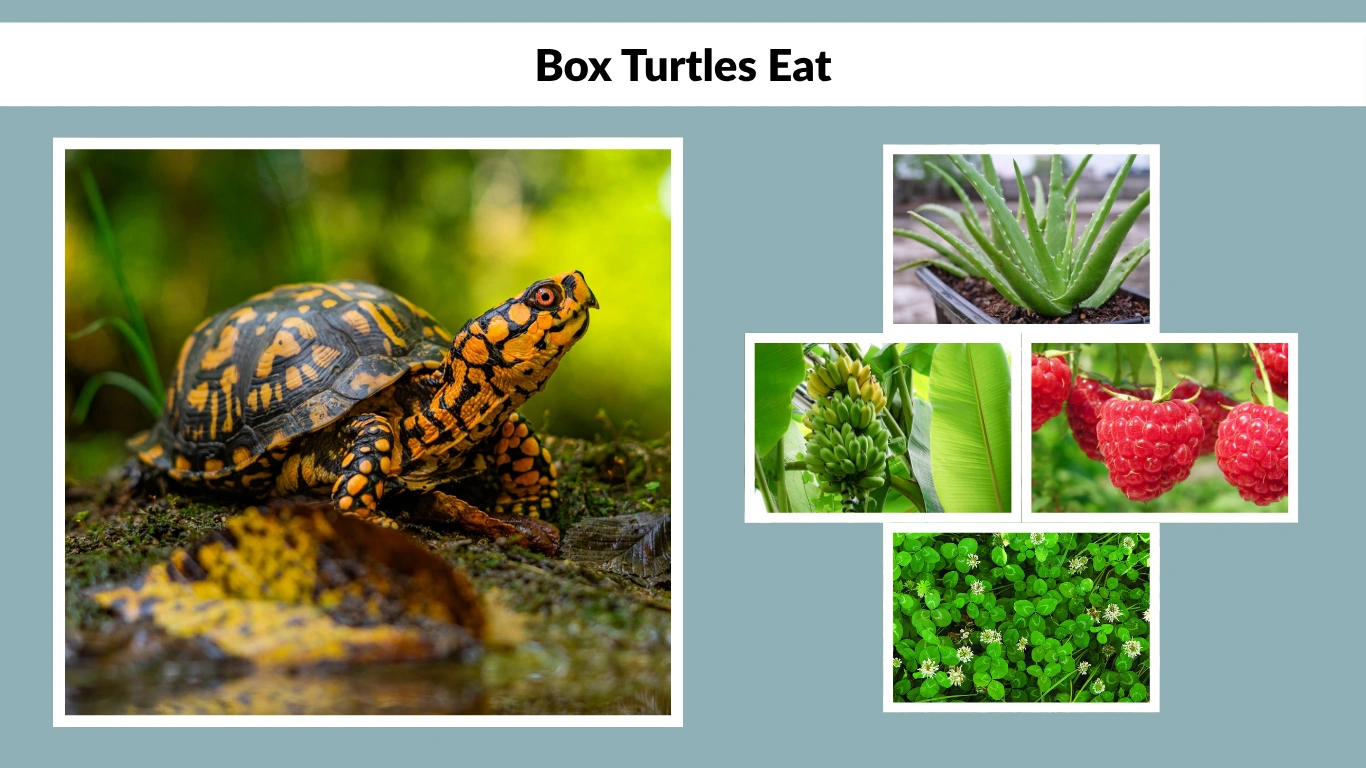Turtles are ancient reptiles with surprisingly varied diets. Depending on their species, age, and habitat—whether aquatic, semi-aquatic, or land-dwelling—their food choices can include plants, insects, small fish, and even fruits. Some turtles are strict herbivores, while others are omnivores that shift their diet as they grow.
Understanding what turtles eat is essential for those observing them in the wild or caring for them in captivity. In this article, we’ll explore 15 common foods turtles eat, explaining why they choose each food and the nutritional benefits that help keep them healthy and active in their environment.
1. Aquatic Plants

Aquatic plants are a major part of the diet for many freshwater turtles. These plants are abundant in ponds, lakes, and slow-moving rivers, making them an easy and nutritious food source.
Why Turtles Eat It
Turtles eat aquatic plants because they are soft, easy to bite, and available throughout much of the year. These plants float or grow near the water’s edge, allowing turtles to feed without expending too much energy.
Health Benefits
Aquatic plants are rich in fiber, which supports healthy digestion. They also provide essential vitamins like A and C, and help keep turtles hydrated. For herbivorous species, these plants are a staple that supports long-term health and shell development.
2. Algae

Algae grow naturally in freshwater and marine environments, often coating rocks, logs, and underwater surfaces. Turtles frequently consume algae while grazing or foraging in the water.
Why Turtles Eat It
Algae are everywhere in aquatic habitats and require no effort to find. Turtles often eat them incidentally while feeding on other plants or intentionally when other food sources are limited.
Health Benefits
Algae provide important minerals like calcium and magnesium, as well as antioxidants. They also aid in digestion and help maintain a balanced gut, especially in herbivorous and omnivorous turtles.
3. Leafy Greens (e.g., Kale, Collard Greens)

Leafy greens are a nutritious and preferred food for many land and freshwater turtles. These greens grow wild in some environments and are also commonly offered in captivity.
Why Turtles Eat It
Turtles are drawn to the tender texture and mild taste of leafy greens. In the wild, they forage for leaves from edible plants, while in captivity, owners often feed them safe greens for variety.
Health Benefits
Leafy greens are high in calcium, fiber, and vitamins A and K. They promote strong shell and bone development, support vision, and improve immune function, especially in growing and aging turtles.
4. Fruits (e.g., Berries, Bananas, Melons)

Fruits are a seasonal delight for many turtle species, especially those living in or near forests, gardens, and orchards. While not a staple, they are enjoyed in moderation.
Why Turtles Eat It
Turtles are attracted to the bright colors and sweet aroma of ripe fruits. They often forage fallen or low-hanging fruit when available during the warmer months.
Health Benefits
Fruits provide natural sugars for energy, hydration through high water content, and essential vitamins like C and antioxidants. However, they are best consumed occasionally to avoid excessive sugar intake.
5. Insects (e.g., Crickets, Beetles, Worms)

Insects are a primary food source for omnivorous and juvenile turtles, especially in land-based or semi-aquatic species. They are easy to catch and rich in protein.
Why Turtles Eat It
Turtles hunt or scavenge insects found under leaves, in moist soil, or floating in water. They are especially important for young turtles needing protein for rapid growth.
Health Benefits
Insects offer complete protein, essential fats, and B vitamins. They contribute to muscle development, shell strengthening, and overall energy, especially in active and growing turtles.
6. Fish

Small fish are a common food source for many aquatic and semi-aquatic turtles, particularly carnivorous or omnivorous species like snapping turtles and red-eared sliders.
Why Turtles Eat It
Fish are plentiful in freshwater environments and provide a natural prey item for turtles that are strong swimmers. They hunt slow-moving or injured fish near the surface or bottom.
Health Benefits
Fish are rich in protein, omega-3 fatty acids, and essential nutrients like phosphorus. These support shell strength, tissue repair, and brain function. However, excessive consumption can lead to vitamin imbalances, so balance is key.
7. Snails and Slugs

Snails and slugs are soft-bodied invertebrates often found in moist environments, such as ponds, marshes, and gardens. Turtles enjoy them for their taste and ease of capture.
Why Turtles Eat It
These creatures are slow-moving and easy to find under leaves, rocks, or in shallow water. Their soft texture and calcium-rich shells make them an ideal bite-sized meal.
Health Benefits
Snails and slugs provide protein and essential minerals, especially calcium, which is critical for healthy shell and bone development. They also contribute to dietary variety and enrichment.
8. Carrion (Dead Animals)

Some turtle species, particularly omnivores and scavengers like snapping turtles, consume carrion when available. This includes dead fish, amphibians, or other small animals found in their environment.
Why Turtles Eat It
Carrion provides an easy, energy-rich meal without the effort of hunting. In the wild, food availability can be unpredictable, so turtles take advantage of whatever they can find.
Health Benefits
Carrion supplies high levels of protein and fat, which support energy reserves, muscle strength, and growth. It’s especially important during times when live prey is scarce, though too much can lead to digestive issues.
9. Mushrooms (Wild Fungus)

Some land-dwelling turtles occasionally consume wild mushrooms growing in forests or shaded, damp areas. These are not a major part of their diet but are eaten opportunistically.
Why Turtles Eat It
Mushrooms are soft, easy to bite, and grow close to the ground where turtles roam. Turtles may be drawn to their scent or texture, especially in moist, shaded environments.
Health Benefits
Certain types of mushrooms offer antioxidants, minerals, and moisture. They may help support the immune system and hydration, although not all mushrooms are safe, and turtles instinctively avoid toxic varieties in most cases.
10. Aquatic Invertebrates (e.g., Shrimp, Crayfish)

Freshwater turtles, especially omnivorous or carnivorous types, often hunt small aquatic invertebrates like shrimp and crayfish found in ponds, rivers, or lakes.
Why Turtles Eat It
These creatures are protein-rich and readily available in aquatic environments. Turtles hunt them by ambush or active pursuit in shallow water or near the bottom.
Health Benefits
Aquatic invertebrates are excellent sources of lean protein, omega-3 fatty acids, and trace minerals like zinc and iodine. They support muscle growth, energy production, and help maintain healthy skin and shell structure.
11. Commercial Turtle Pellets (for pet turtles)

Though not naturally occurring in the wild, commercial pellets are a primary food source for turtles in captivity. They’re formulated to mimic a natural diet and provide complete nutrition.
Why Turtles Eat It
Pellets are easy to chew, come in different flavors and shapes, and are designed to be highly palatable. Captive turtles quickly learn to recognize and prefer them as a consistent food source.
Health Benefits
Pellets provide a balanced mix of protein, fiber, vitamins, and minerals. They help maintain proper growth, shell development, and internal health, reducing the risk of nutritional deficiencies in pet turtles.
12. Vegetables (e.g., Carrots, Squash, Zucchini)
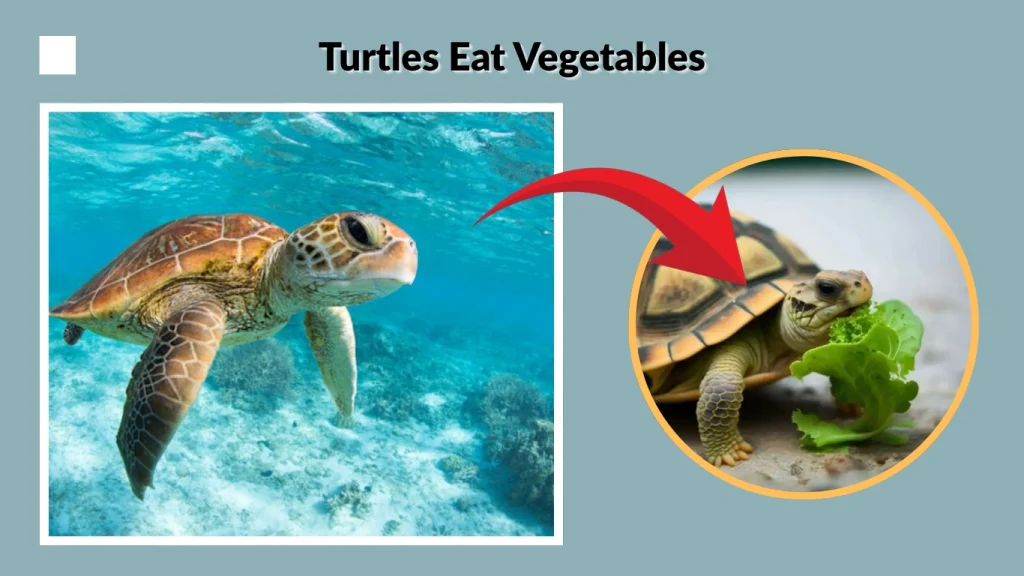
Vegetables are a regular part of the diet for many land and semi-aquatic turtles, especially in captivity. In the wild, turtles may nibble on wild-growing vegetables or garden crops.
Why Turtles Eat It
Vegetables are easy to chew, full of moisture, and provide a different texture compared to leafy greens or fruits. Turtles are naturally curious and will often explore and taste soft vegetables they encounter.
Health Benefits
Vegetables like carrots and squash are rich in fiber, beta-carotene (vitamin A), and water content. These nutrients support vision, digestive health, and hydration, especially in warm climates or dry seasons.
13. Duckweed

Duckweed is a tiny, floating aquatic plant often found on the surface of ponds and still water. It spreads quickly and becomes a convenient, high-nutrient snack for turtles.
Why Turtles Eat It
Duckweed floats on the water surface, making it extremely easy for aquatic turtles to access. They often eat it while swimming or resting near the top of the water.
Health Benefits
Despite its size, duckweed is packed with protein, fiber, and essential amino acids. It supports digestion, helps with muscle maintenance, and is easy to process even for younger or smaller turtles.
14. Flowers (e.g., Hibiscus, Dandelion, Nasturtium)

Many turtles, especially tortoises and land-dwelling species, enjoy eating edible flowers found in gardens, meadows, or forest edges. These blooms offer both visual appeal and nutritional value.
Why Turtles Eat It
Turtles are drawn to the bright colors and mild fragrances of flowers. They often nibble on petals and leaves while foraging, especially during spring and summer when blooms are abundant.
Health Benefits
Flowers like hibiscus and dandelion are rich in antioxidants, calcium, and vitamin C. They help boost the immune system, support shell development, and offer hydration due to their high water content.
15. Eggs (Occasionally)

Some opportunistic turtles may eat bird or reptile eggs if they come across them in nests or on the ground. This is more common in carnivorous or omnivorous species.
Why Turtles Eat It
Eggs are nutrient-dense and require no chasing or chewing, making them an easy, high-energy food. Turtles may stumble upon them while digging or exploring forest floors or riverbanks.
Health Benefits
Eggs are loaded with protein, fat, and essential vitamins like A and D. They provide a quick energy source and support growth and cellular repair, especially for active or growing turtles.
FAQs
1. Do all turtles eat the same food?
No, turtles have different diets based on their species. Some are herbivores (like tortoises), others are omnivores (like red-eared sliders), and a few are mostly carnivores, especially when young. Habitat also plays a role—land turtles eat more leafy greens and flowers, while aquatic turtles eat fish, insects, and aquatic plants.
2. Can turtles eat human food like bread or dairy?
No, turtles should not eat bread, dairy, or processed human foods. These items are hard to digest, lack proper nutrients, and can cause health problems like shell deformities, digestive issues, or obesity. Turtles need natural, unprocessed foods suited to their species.
3. How often should turtles be fed?
Feeding frequency depends on the turtle’s age and species. Juvenile turtles often eat daily due to faster growth, while adults can be fed every 2–3 days. In the wild, turtles forage throughout the day and adjust their intake based on availability.
4. Can turtles overeat if given too much food?
Yes, especially in captivity. Turtles can overeat high-protein or sugary foods like pellets, fish, or fruit, leading to obesity, shell pyramiding, or liver problems. A balanced diet with proper portions is crucial for their long-term health.
5. Is it safe to feed turtles wild plants and flowers?
Yes, but only if you’re certain the plants are safe and free from pesticides or herbicides. Edible wild plants like dandelions, clover, or hibiscus are healthy for turtles. Always research or consult a vet before introducing any new plant to their diet.

